

Dialogue and Communication Skills
...it’s not all about talking





...it’s not all about talking



From the day that we are born we are seeking to communicate with others. Eye contact and body gestures are perhaps some of the first indicators of our efforts to communicate effectively.
Our emotions are displayed in a number of ways happy laughing and giggling and various types of crying…
And so begins our journey to becoming a walking, talking communicating human being.
This short guide will bring you on a journey of discover of things you already know.
That sounds strange because we will examine the many ways we communicate and try to provide you will key pointers to improve your communication skills and interactions with people.

Lets start with one word, the word ‘hello’, a greeting word and perhaps the first interaction word expressed when strangers and friends meet.
Listen to different people saying ‘hello'. What can you gather from their voice, their tone?
You will detect from the voices friendliness, coldness, welcoming, seriousness, superiority, etc.
Try it out for yourself!
At your weekly meeting, notice how people greet eachother. What is their tone telling you?
Tone of voice is important in determining the attitude of the people we meet. Imagine what you sound like when you say ‘hello’ to people. How do you think you come across to the people you meet?


Scan to explore gestures across cultures

This is a picture of a face, our number one communication tool. We have two eyes, two ears, a mouth, nose, eyebrows and most of the muscles that exist in our bodies are contained within our facial muscles. Over 80 muscles in the face as most move without us being aware of it. Our ears provide the tool for receiving sound, our eyes are visual receivers, the nose to sense smell, our mouth for making sounds and tasting.
We also use our face to communicate – a smile in friendship, a frown, wide opened eyes in amazement, tears of sadness, or reddening of the cheeks in shyness. We can also include the movement of the head – nodding of the head in approval, or sideways backwards and forwards.
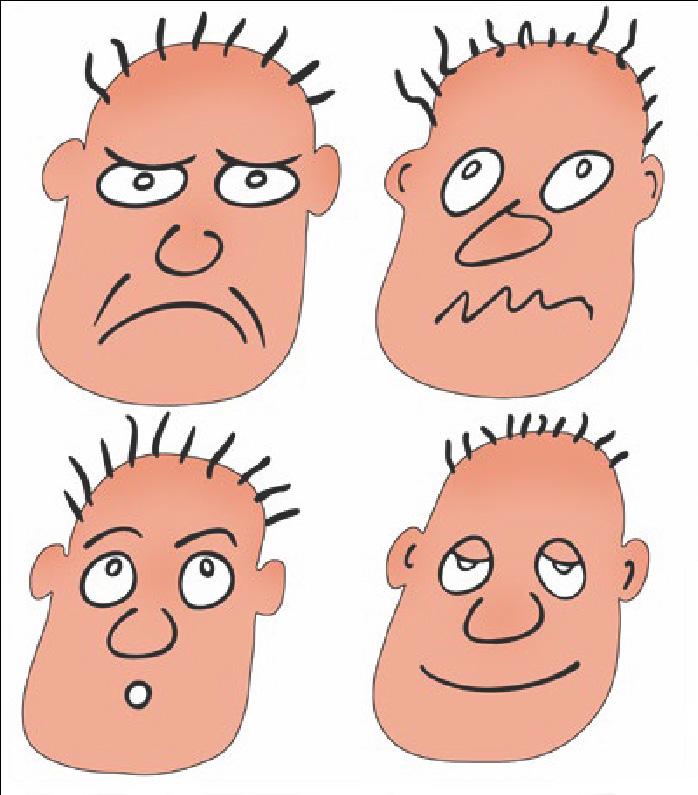
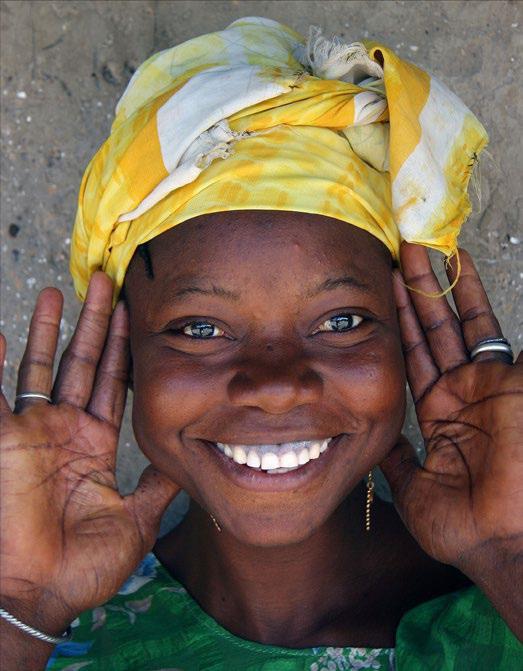
Back to our single word communication –‘hello’ now as we look at a person saying the word again we can get a fuller impression of the meaning of that word with the additional information provided by facial expressions.
Have you changed your opinion of the people from the initial sound of the word ‘hello’?
Our heads are attached to a body and this is also a communications tool. When we greet someone we do not stand still and let the head do the work we use our whole body.


Many different cultures have ceremony attached to the basic ‘hello’ greeting, some shake hands, others embrace each other, some lightly kiss each other on the cheek. How this act is carried out is another indicator that allows you to access the greeting and interaction with another human being. This combination of signals of which only one is related to sound, determines how the interaction will proceed.
You did not expect that it was so complex mainly because it is something we do instinctively, it is embedded in our development at humans, it is so natural that we barely understand what our brain is doing to decode our interaction with other. Now we will look at some of the frameworks that surround communicating with others. This process will examine the concept of dialogue, the interaction of people in conversation, exploring each others point of view, hearing stories and forming opinions, reaching conclusions and agreements.
A
common expression and words of wisdom states :-
‘ We have two ears and one mouth and we should spend at least twice the amount of our time listening rather than talking’
Communication time is spent:
Writing 9%,
Reading 16%,
Speaking 30%,
Listening 45%.
In other words, 75 % of our communication time is spent speaking and listening. It is estimated that our listening can be improved by 25%.
You would expect that we are very good at listening but in fact we are not as good as you may think.
Studies show that we remember between 25% - 50% of what we hear. That means we pay attention to less than half of the conversation.
We absorb information best by using multiple senses. Make your impressions visual, verbal and auditory.
Listening is a skill that we can all benefit from improving. By becoming a better listener, you will improve your interaction with other, as well as your ability to influence, persuade and negotiate. You will also avoid conflict and misunderstandings.

To be good at listening you need to practice and see the results. Listening is hard because in the flow of conversation and the dialogue process we are driven to dominate the conversation. We want to express our opinion and we want that opinion to be considered correct and gain approval of the person we are talking too. As a result we tend to cut short our listening time and spend the time thinking about how we are going to say our next thing. The result is often misunderstanding, potential disagreement or conclusion which are not correct.
In your conversations over the next period of time be conscious of how you listen during conversations – work at it.
Does it make a difference?

As we engage in conversation with others we want to get our point across, tell our story or experience. Often we will find ourselves thinking about the next thing we are going to say rather than listening to what is been said to us.
Scan to explore videos to learn about: communicating with different cultures and how to listen better.
We are almost constantly in a talkinglistening situation how can we improve our listening skills?
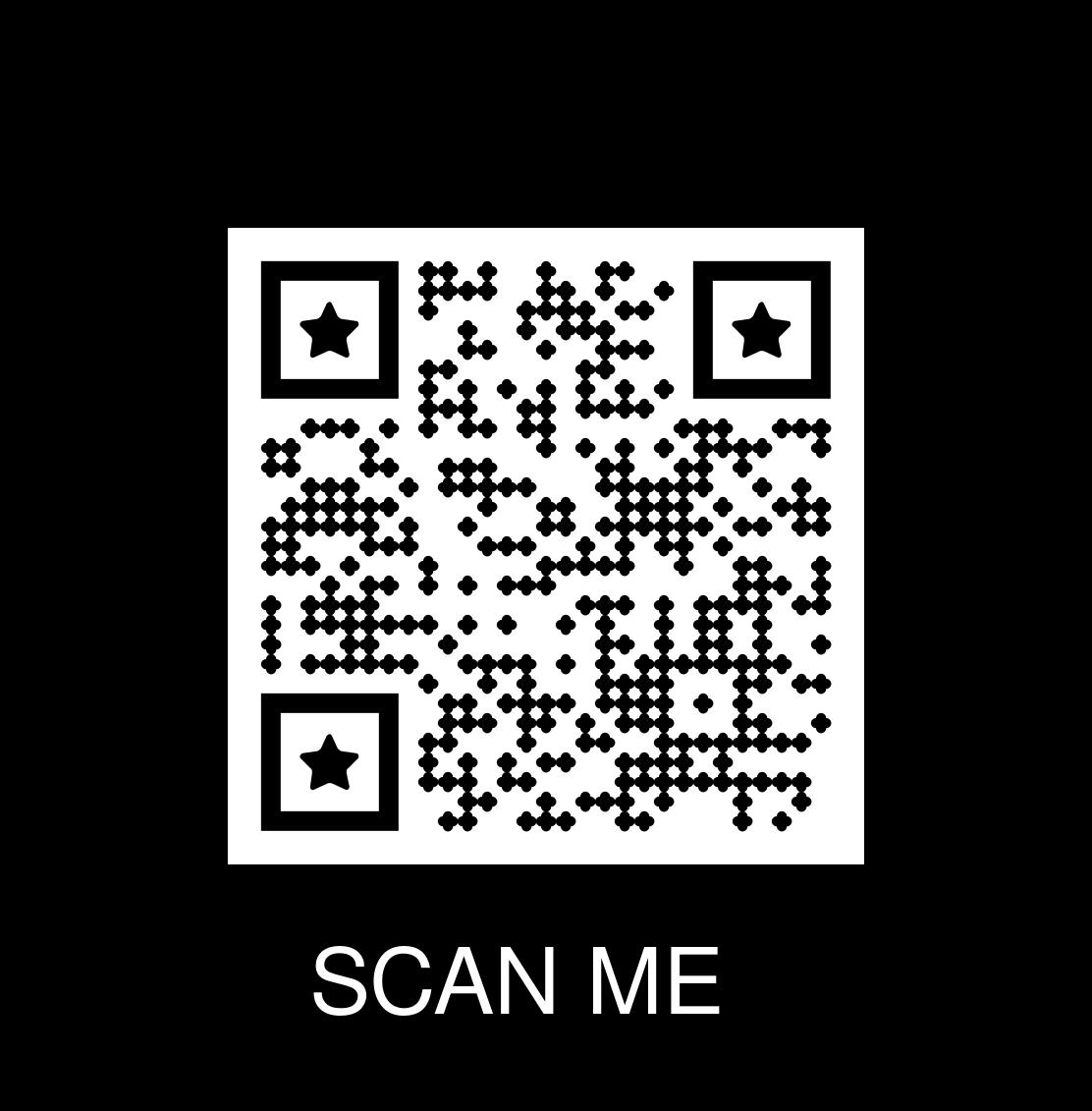

A study done at the University of Texas found that people remember (Metcalf 1997):
10 percent of what they read; 20 percent of what they hear; 30 percent of what they see;
50 percent of what they see and hear;
70 percent of what they say; and 90 percent of what they do and say


Thoughts move about four times as fast as speech. With practice, while you are listening you will also be able to think about what you are hearing, really understand it, and give feedback to the speaker.

We listen when we participate, when we take part, when we are actively involved in the communication pattern. Only when thoughtful consideration has been given can we claim that we have actually listened. We can talk without thinking but to listen, careful and thoughtful consideration has to be given.
• Listen actively - concentrate - let the other person know you are listening
• Listen with your eyes as well as your ears
• Listen for what is said, what is not said, pauses, tone of voice, feelings.
• Wait before you interrupt. Avoid early disagreements.
• Silence is a vacuum. You don’t always have to fill it with your voice. Often waiting for a second or two, allows the other person to add further information that will help you to make a relevant response.
• Reflection is another technique to get more information or clarify a point made. ‘I’m not certain I understand’, ‘You seem to be saying...’
• Get more information by intelligent questioning
• Ask open questions to get other people to expand views and express his/her opinions and feelings.



You will recall our initial exploration of saying ‘hello’ and how the word is expressed can portray feeling and emotions. How we say certain words and how we express those words both verbally and expressively helps the listener to understand the context, emotion and importance of the words used.
Explore the following example and note how the emphasis on particular words can change the mean and context of the statement.
Adam broke the window in the bedroom yesterday
Try making a recording of your voice saying similar phases and emphasis different words. This is how you sound to a person who is listening to you.
Emotions, the use of emotion in speech is important
Imagine if you smile just before you make the statement ‘ Adam broke the window in the bedroom yesterday’ you convey to the listener that perhaps the incident it trivial or funny.
Imagine if you pause for a second then state the phrase in a serious manner – you convey that this statement is important.
So pace of delivery and speed of speech presents signal to the listener to listen in a particular way.
If you deliver a statement in a confident manner and with some authority you can be conceived to be an expert having particular knowledge about a subject.




All of the additional gestures, tones and expressions need to be natural and reflect your personality. Don’t over do it otherwise it will feel unnatural and exaggerated.

Engagement and focus on shared content
Maintain control and be conscious of what you are saying, how you are saying it and the gestures and body language you are using to get your point across.
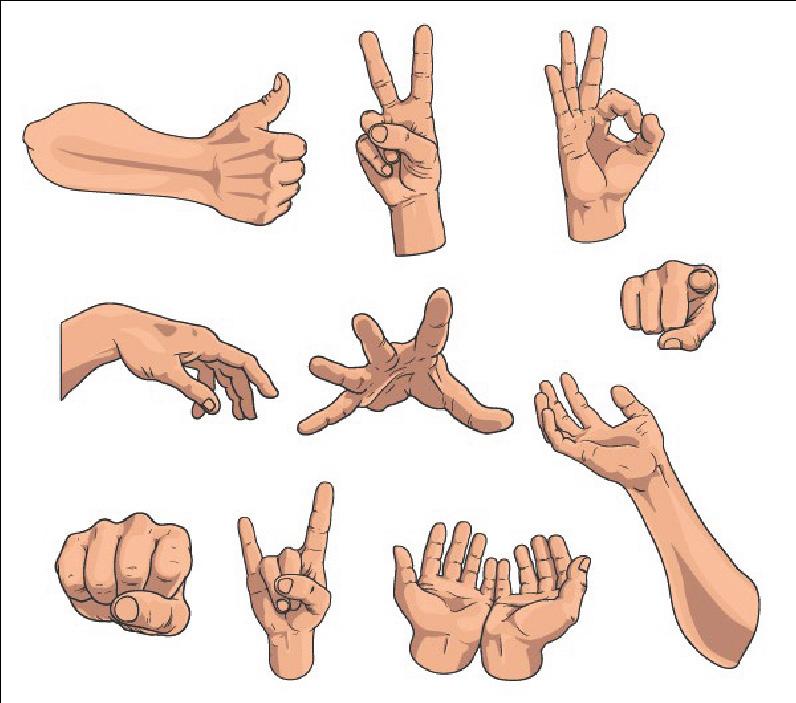
Tone of voice Facial expressions Words someone is using Subconscious body language

The hands and arms have supporting roles to play in any conversation. In understanding how we use our hands we also need to be aware of cultural differences and behavior –some gesture might have different means in different places.
Pointing a finger
Palms up and down
Fists
Thumbs up and down
Intertwine of fingers
Arms folded across the chest
Arms open wide
Hands on the face
Holding your face/cheek
Resting your face on a hand
Scratching your head

Every one of these gestures has a meaning and signal to the listener. Some of these gestures we may use or display sub-consciously and they can ‘tell’ the listeners many more things than you might want to say in your speech.
For example you may stand before your listener with arms folded across your chest and state “yes, I like that idea and would like to explore it further’ what message does the listener receive - ’I don’t really like your idea’. Why? Because the physical gesture of folding your arms across your chest presents a protective or closed stance so the words and the gestures do not match.


Speak to people - There is nothing as nice as a cheerful word or greeting.
Smile at people - It takes 72 muscles to frown and only 14 to smile.
Call people by name - The sweetest music to anyone’s ears is the sound of their own name.
Be friendly and helpful - Strangers are just friends we haven't met yet, be friendly.
Be cordial - Speak and act as if everything you do is a genuine pleasure.
Be sincerely interested in people - You can like everyone if you try.
Be generous with praise - and be cautious with criticism.
Be considerate of the feelings of others - There are three sides to controversy - yours, the other fellows, and the right one.
Be alert and give service - What counts most in life is what we do for others.
Sounds simple – now lets look at the reasons why misunderstanding and perhaps conflict occurs


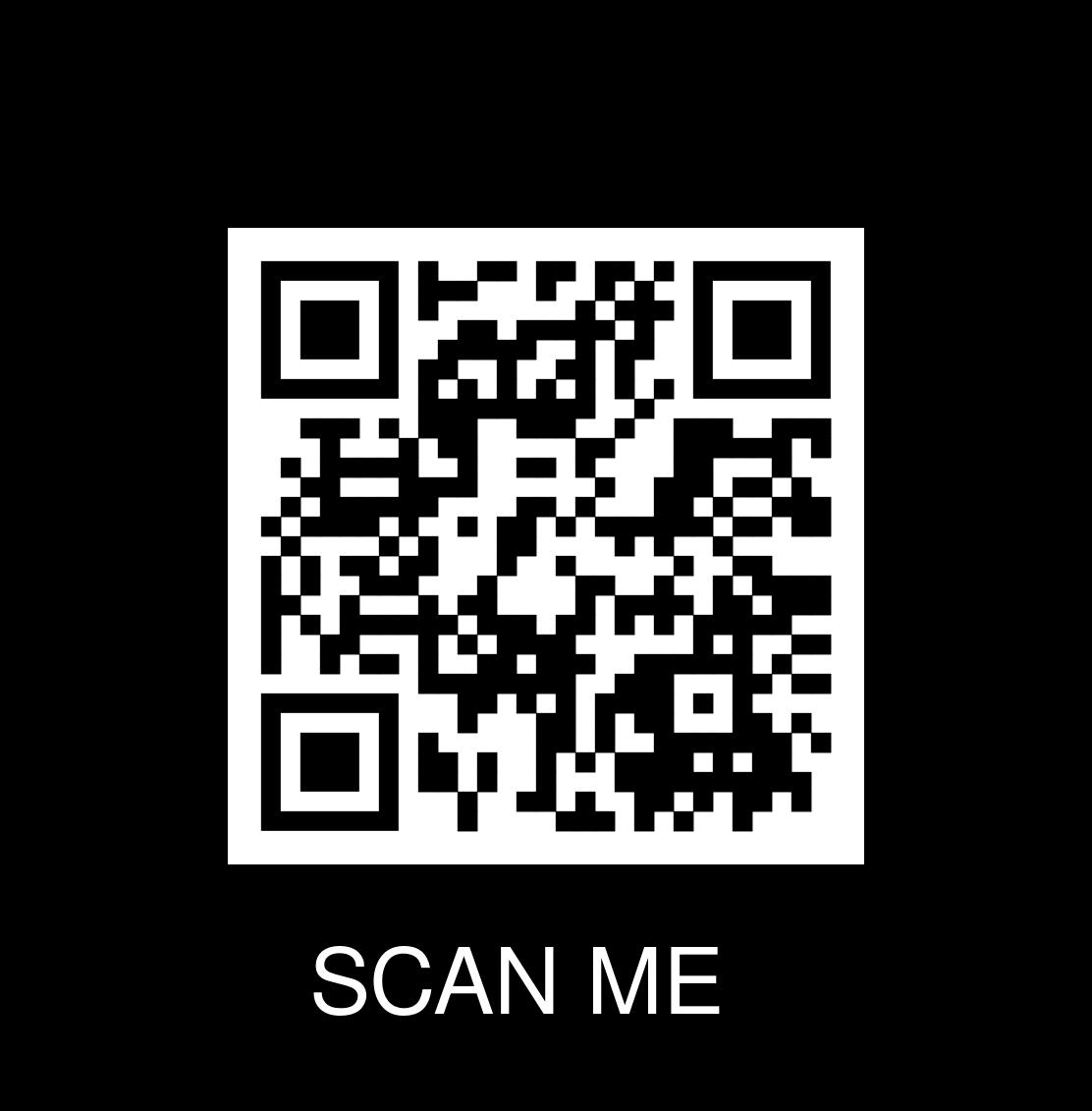
Some YouTube videos and quizzes to exploring the difference you can make with your own personal power through communication and the impact you want to have in the world around you.



When we communicate, there is a sender and a receiver. Generally, the sender wiants to transit a message to achieve a result and to have a reaction from the receiver. This message is conveyed through verbal or nonverbal channels. If the receiver cannot respond to your message either verbally or non-verbally, the communication is only one way - it is only information.
If it is possible for the receiver to give a verbal or non-verbal response to your message, communication is two-way. There is an exchange.
A response is feedback. When feedback takes place, the receiver becomes the sender and the sender becomes the receiver.
Two - way communication makes a message more precise and understanding is achieved.
The reason why misunderstandings can sometimes occur is generally of an individual nature.
Certain difficulties which hinder effective dialogue stem from :
The way we express ourselves.
We sometimes use verbal or nonverbal elements that negatively affect the understanding of the message. It may be inappropriate vocabulary, a lack of clarity, a weak tone of voice, aggressive body gestures/movements.
It is therefore important for the sender to adapt the way he/she

We interpret and decipher messages through our reference system, which is composed of everything which makes us unique as individuals. Factors like age, gender, experience, beliefs, values, education and attitudes act as filters through which all messages pass. Our reference system helps us interpret information in a way which is understandable to us. It is therefore important for the sender of a message to understand the receiver’s system of logic, by using active listening techniques.
We form certain opinions of other people, situations and things. These attitudes may be conscious or subconscious, collective or individual. On the whole, they stem from events of an emotional nature (fear, carelessness, mistrust, stress, hasty evaluation) and may block the communication process.
It is therefore important that the sender is attentive to his/her own attitudes, as well as those of the receiver, so as to avoid blocks in communication.


Be attentiveavoid blocks to communication


Scan to learn how you can improve your communication skills
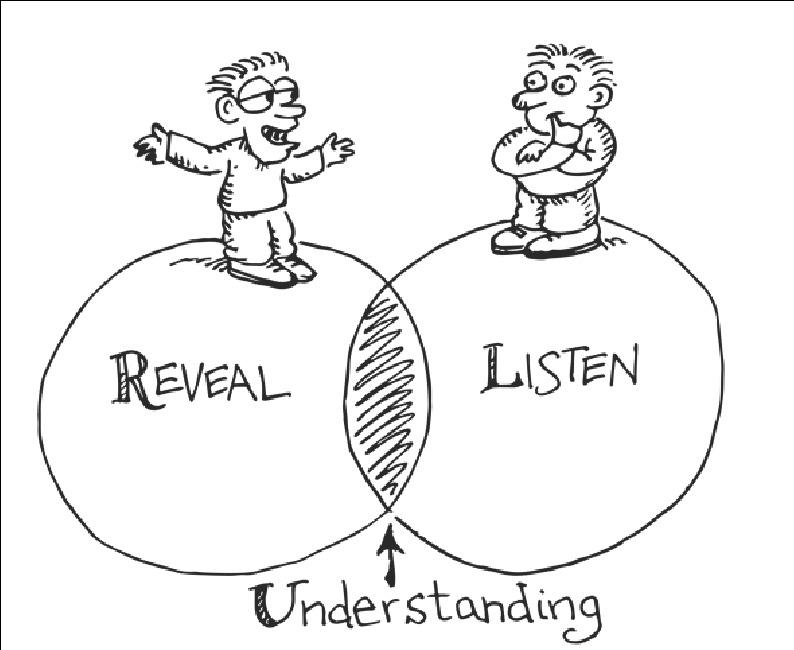
It is important to examine the context in which communication takes place as this has a real impact on the outcome of any interaction. Some things to bear in mind are:
There are two parties to it
• Each person reacts to the environment in which the conversation takes place. Their own home, on the telephone, over a table, in a casual situation.
• At least one but more likely both people will have a whole lot of other issues, problems and things on their minds.
• It is unlikely that each person will have the same amount of time available for the communication process.
• Each person will have a different objective in mind for the outcome.
• Each of you will have your own understanding of and reactions to certain words, phrases and tones of voice.
• Each person may have already formed an opinion of the other which will influence their communication and their response to the other person.
• Each person comes to a situation with his or her own style of communication and with different levels of communication skill.
• Most people speak before they think. The content of their message is therefore unstructured and difficult to grasp.
• We have a lot on our minds that cannot readily be switched off
• We are anxious to refute the other’s argument that we often interrupt before he has had the opportunity to make it.

• We stop listening to difficult material when we think it is too technical or too detailed.
• We allow ourselves to be distracted by external things and lose concentration
• We sometimes introduce distractions ourselves. They can be more fun than the topic under discussion.
• We dismiss some information because it comes from people we consider unimportant.
Effective communication therefore requires attention, awareness and work.
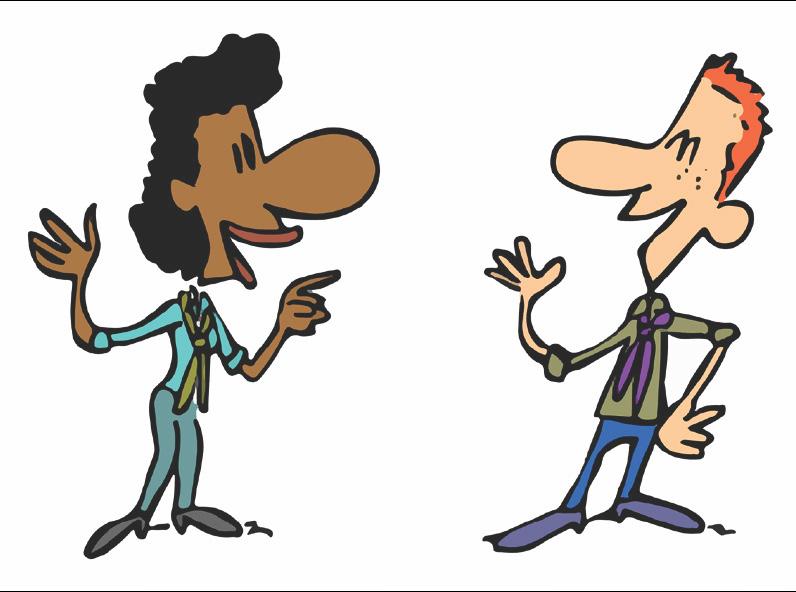
Conflict is simply the expression of a difference of opinion, a difference of interest, or a contradiction of needs. Conflict can be handled or negotiated, as long as there is room for negotiation and the conflict is not artificially created for the sake of conflict. Unfortunately, it is often the case that conflicts are entirely created - often unconsciously - in order to confirm an idea, a prejudice or a point of view, or to reinforce a ‘life position’.

Conflict need not be seen as a negative. Conflict can be positive, providing opportunities for growth rather than tension. It has meaning, prevents stagnation and is essential for creativity.
Experience in groups shows us that individuals, because they have differing goals, needs, ways of looking at the world, etc. often find themselves in conflict or disagreement with others.
The factors which can be identified which lead to conflict are;

• looking after your own interests;
• lack of understanding of other persons point of view;
• a difference in values - what is important to me and what is important to you;
• the way I like to do things as opposed to the way you want to do things;
• and lastly the way I think about a particular situation and the way that you think about it.

Each of these factors tend to be combined with each other so leading to complex reasons as to why we are in disagreement. The more an individual defines the situation as one in which he/ she can only gain their goals at the expenses of others, the more conflict is likely. However, if the situation is one where everyone can reach their goals, the more co-operation is likely.
Conflict can be a positive interaction between individuals, only through expression of difference can good problem - solving take place.
For everyone to agree is as unrealistic as expecting that no agreement is possible. Conflict is a negative interaction when it is so severe as to disable the participants to the discussion and prevents the continuation of problem solving.

A conflict resolution device used by young school students

The principles of the ‘no loser’ method.
A statement of fact:
• • My needs and yours are contradictory
I respect your needs and I must respect mine
• I do not wish to impose my views but I cannot subject myself to yours
• We must therefore work together to seek a solution which is satisfactory to both of us

And thus there is ‘no loser’
The six stages of the ‘no loser’ method are:
What is the problem? (Definition)
You and I propose alternative solutions (seeking of solutions)
What are the advantages and disadvantages of each proposed solution?(analysis of the proposed solutions)
We choose one ( decision)
We implement it (execution)
And together we evaluate the result (evaluation)
Seeking to avoid conflict at any cost leads, in the long term, to an accumulation of negative feelings, which, when boiling point is achieved, will result in an explosion and a real conflict. The reason for this conflict will no longer lie in the present situation and the difference of opinion in a given situation, but in the frustration of those involved, who will have held back a protest or reaction for too long.
Harmony can be achieved by seeking a situation where both parties to the conflict can agree - a win / win situation rather than a lose/lose or a win/lose situation. Any conflict which is either win/lose or lose/lose result is an unhappy situation and future conflict is likely as one or other of the parties try to gain credibility before the discussion is concluded.
One of the biggest causes of conflict is lack of understanding of the others point of view, often stemming from poor listening skills. When conflict arises it is most important that listening is the first skill that should be employed to try and understand the other’s position. It is important that each has a clear picture of the others point of view. Only when this is achieved can both parties discover similarities in their points of view and suggest different ways that their disagreement can be overcome. The solution may take each party along a different route and method of thinking however, in each case the objective of the discussion should not be lost and always stay central to the focus of both parties. If this interaction is successful then it is possible to move forward. If not, then new suggestions and exploration should be considered. It is no good deciding on a solution that neither is happy with just because it ensures that nobody ‘wins’. Aim for a solution that ‘belongs’ to both and with which both are happy.
In a group situation, harmony can sometimes be harder to achieve as many other factors come into the melting pot. Agreement is now being sought among a number of individuals, each with different goals. The role of the chairperson therefore is to direct thinking and discussions seeking agreement at various stages of the meeting and reducing conflict and disagreement by focusing the group on the objective/task.



If a conflict is handled in this manner - without a spirit of conquest or domination - it will create an opportunity to clarify what each person expects from the action undertaken and the means for reaching an agreement.
By establishing a method or an approach, which satisfies both parties, we create a situation of ‘no loser’.
So far we have explored the idea of person to person communication (one to one interaction). In a group situation where a number of people are discussing or debating a subject other factors come into play.
In our exploration we will be examining the processes experienced while communicating within a formal group rather than an informal group of friends chatting, having fun. We will look at the process with regards to meetings or task driven challenges need to be discussed and agree an outcome or action.
As Scouts we will be familiar with these types of Patrol, troop and group discussions that are necessary in groupwork challenges within our programmes.
Group discussion allows you to exchange information and ideas and gives you the experience of working in a team. As a leader of a team, discussions will enable you to draw on the ideas and expertise of team, and to acknowledge the individual as valued members of a team.
Normally, discussions of this type are constrained by time, the subject under discussion and the need for a positive outcome/action.

Some basic rules are required in order to have a positive outcome
All participants will treat each other with courtesy and respect.
All participants will be expected to contribute to the best of their ability.
Timelines need to be agreed – normally via a agenda or structure
Everyone is encouraged to express their own opinion and to seriously consider the opinions of others.

▪ The objective and outcome is shared
▪ Ideas can be generated and tested
▪ Working in groups is fun!
▪ The group/team is strengthen by its interaction together


In the person to person model explored earlier it was you as an individual reacting to another, when we are placed in a group situation other behavior factors come into play. We cannot speak all of the time, there is a constantly changing dynamic as information is exchanged within the discussion.
Sub consciously we want to present our ideas and for those ideas to be accepted. This mission adds to our need for acceptance with the group and also to position ourselves within the hierarchy of the group. Nobody enters the discussion as a neutral, despite what we may think.
Throughout the discussion we will assume different roles. This roles will change constantly, we will have a personal style that will dominate but within the style we will adapt and change our perspective as the discussion develops.
▪ Initiator - gets the discussion started
▪ Information seeker - asks relevant questions about the discussion topic
▪ Information giver - suggests possible answers, gives relevant information
▪ Procedure facilitator - takes notes and keeps the discussion on-track
▪ Opinion seeker - encourages group members to speak out
▪ Opinion giver - shares thoughts, ideas, and opinions with the group
▪ Clarifier - keeps track of the discussion and identifies what needs to be done next
▪ Summariser - draws together the main points of the discussion

Development roles are behaviours we adapt and use to move the discussion and keep the team together. These are relationship roles the focus is on the relationship between group members.
Supporter: the person who supports an idea concept and build alliances with others
Harmoniser: likes to keep everything on an even keel and seeks harmony whenever a conflict might arise
Tension Reliever: like the harmonizer, this role is a conflict solving harmonizing role
Energiser: this role is one of energizing the discussion with ideas, possible solutions and lets do it attitude
Compromiser: this role seeks solution and agreement
Gatekeeper: likes to keep everyone focused to the task/discussion in hand and ensure everyone is involved.



We also have the potential to adapt negative roles, these normally come to the fore when we are under pressure or are losing in our quest. Once you adapt such roles you immediately are on a path of personal destruction. Your effectiveness within the team is lost and friendships can be strained.
Non participation or an unwillingness to engage: by adapting this role a person does not contribute and/ or inhibits or disrupts the participation of other group members.
Attacker: this role acts aggressively by expressing disapproval of contributions to the discussion.
Dominator: by adapting this role you seek to dominate and talk too much and exclude or diminish the inputs of other members of the group
Clown: this role is taken by a person who wants to show off, take the discussion seriously or presents inappropriate suggestions and humour.
Cruiser: this is a role adapted because you are too lazy to involve yourself and give 100% working on the principle that whatever the group decide will be okay with them.
So, again we can see that to be an effective communicator you require attention, awareness and work to ensure of successful outcomes.
We need to work on it all of the time…practice makes perfect and learning by doing is one of the best way to improve and perfect this skill.
This quiz will bring you back over the course content – the course elements and addition documents and videos.
If you complete the quiz successfully you will be able to show your achievement and the new knowledge and understandings you now have.
What statement below is correct - True or false
I greet people in a friendly way with a firm greeting, maintaining eye contact; smiling and making people feel welcome.
I greet people in a friendly way, smile and then step back and wait for them to respond.
I greet people with a nod of my head and wait and see if they want to talk to me
I wait for people to greet me first before I respond. Once they greet me in a friendly way I respond.
To be a good communicator it is best to be
Good at talking
Be an effective listener
Be friendly to others
Be good at asking questions

Be aware of all the signals and gestures you are making
Select key indicators from the list eyes clothes arms, legs feet face hands fingers tone of voice body contact sitting standing showing interest
When asking Open ended question select the key words to consider what when why how where tell me
It provides interesting conversation. It can place complex subjects in context.
It is a good tool for introducing humour into a conversation. It can make conversations long winded.
Stories usually don’t get to the point quickly enough. They are a waste of time, just say what you want say directly.
it presents a friendly atmosphere it allows me to control the conversation it allows me to be care of what I mean it is hard to control when you are a bit annoyed it can create fear and annoyance in the listener

Listening
Rearrange these listening skills in the correct order A,B C D
Summarize Ask Receive Appreciate
Eye contact - what statement is correct
I indicate to others that I am paying attention by maintaining eye contact I look up now and then to show a person I am interested. I like to look around and feel the whole space we are sitting together in.
person - what are the key indicators to the receiver
Body language.
Talking directly to them.
Keeping an eye on what is going on around us.
Preventing other people from overhearing our conversation.
Giving people time and attention.
Trying to be funny and make the conversation less serious.
Avoid distractions and keep the receiver in focus.
(1) Conscious listening creates………..
Boredom Understanding Knowledge
Good hearing Attention Tolerance
(2) Don’t jump to conclusions – use the method of ...
Listening
, Understanding body language
Verifying
Checking
Being aware of
Paying attention
Summarise
Thinking about your next statement
Empathy - what statement best states what empathy means
Empathy is when you recognize other people’s feelings and value their point of view
Empathy is ‘I know what you want and I am going to tell you how to do it’
Empathy is smiling at someone and giving them a hug
Empathy is telling some you feel the same as them about and issue
So, what I hear you saying is If I hear you correctly…
You are telling me that… Yes, that's fine but… I don’t believe you… No way!!!
Let me tell you what I would do…
........continued on next page

Place the following points in the correct order
The six stages of the ‘no loser’ method are:
And together we evaluate the result (evaluation)
What is the problem? (Definition)
We implement it (execution)
You and I propose alternative solutions (seeking of solutions)
We choose one ( decision)
What are the advantages and disadvantages of each proposed solution?(analysis of the proposed solutions)
Which of these statements are true ....all of them, 2 of them, 3 of them one of them, none of them.
The factors which can be identified which lead to conflict are;
Looking after your own interests;
Lack of understanding of other persons point of view;
Adifference in values - what is important to me and what is important to you;
The way I like to do things as opposed to the way you want to do things;
The way I think about a particular situation and the way that you think about it.
In working with a Patrol or Team what are the key communication skills does a leader uses
Listening
Ordering people around
Expressing their opinion
Seeks consensus
Trying to explain the task
Summarises the discussions
Clarifies points
Gets everyone to agree a single action
Delegates work to all the team
Lets everyone express their opinion
Lack of understanding
Bullying and forcing an opinion or action lack of inclusion
Not listening
Not doing what you are ordered to do
Not agreeing an action
Disorder
Following the leader
A collection of people rather than a team of people
An effective team needs to consider
The task,
The agreed action,
The individual members of the team, How the team works together,
Winning at all costs
Following the leaders ideas
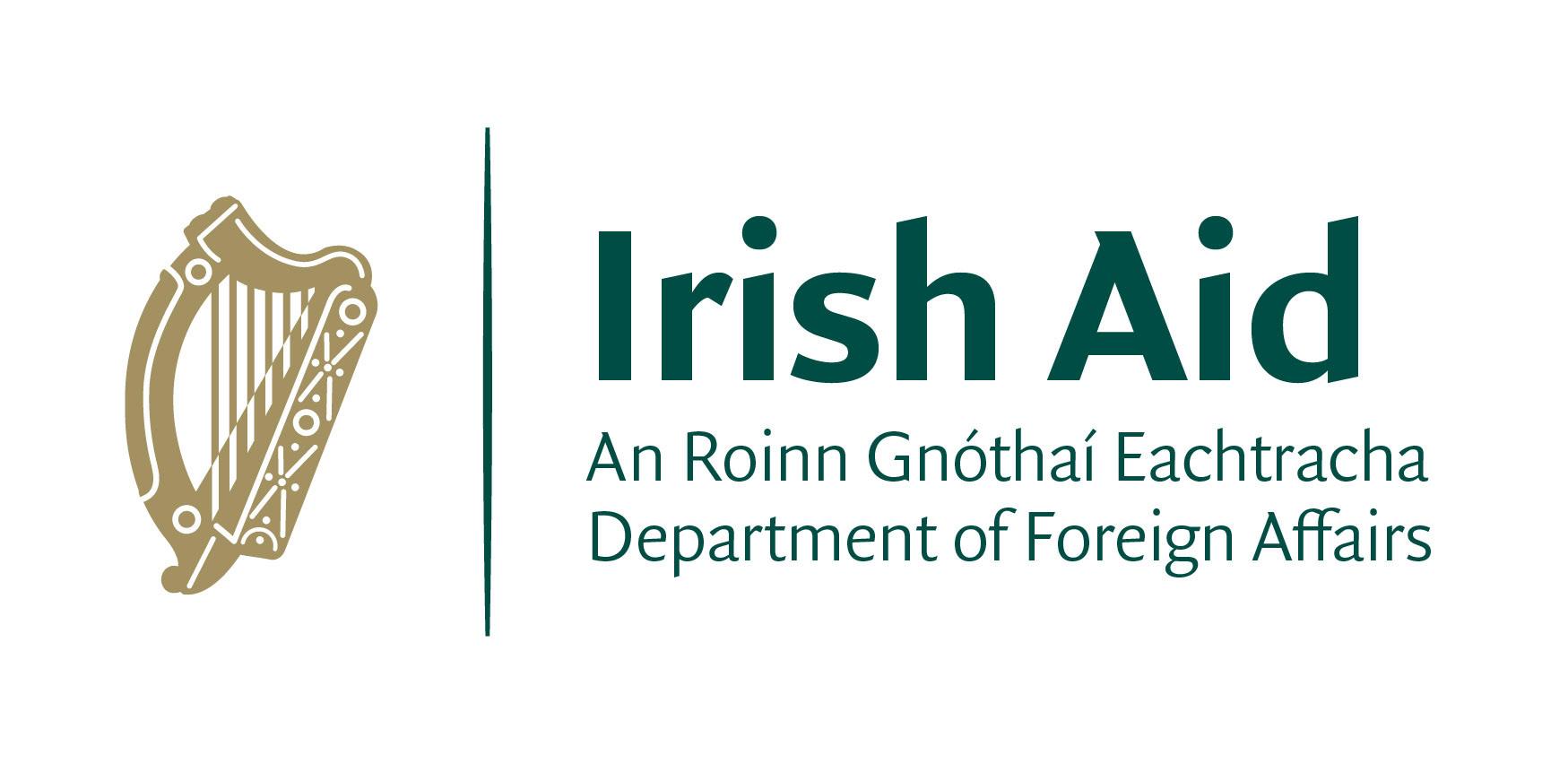
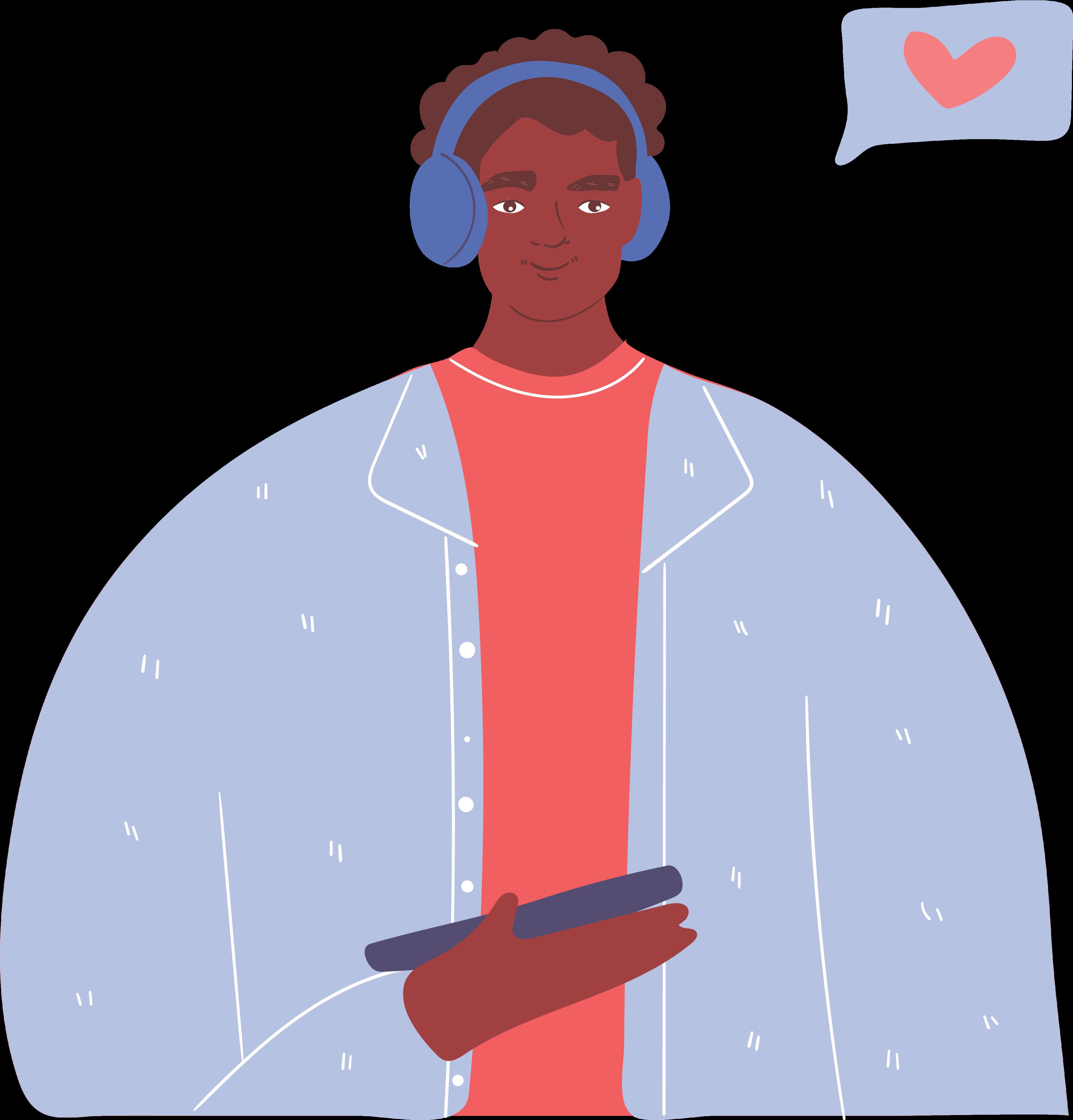

With thanks to our Funder:
This resourceis funded by Irish Aid at the Department of Foreign Affairs. Irish Aid is the Government’s overseas development programme which supports partners working in some of the world’s poorest countries. Irish Aid also supports global citizenship education in Ireland to encourage learning and public engagement with global issues. The ideas, opinions and comments therein are entirely the responsibility of Scouting Ireland and do not necessarily represent or reflect DFA policy.